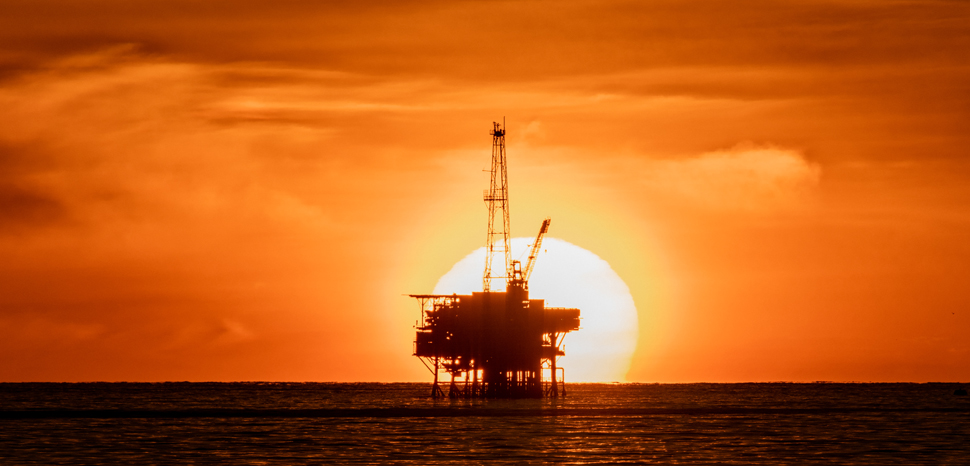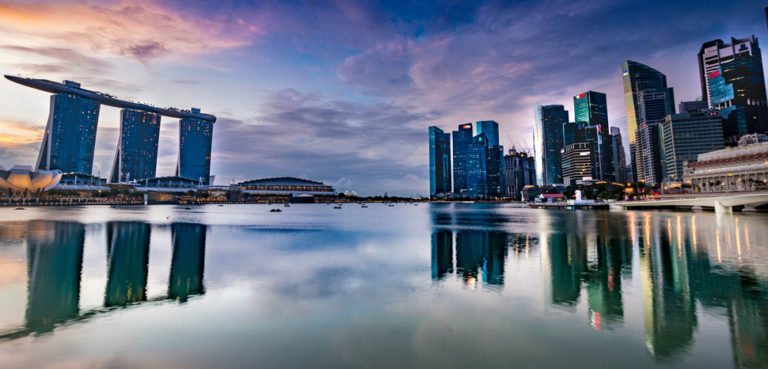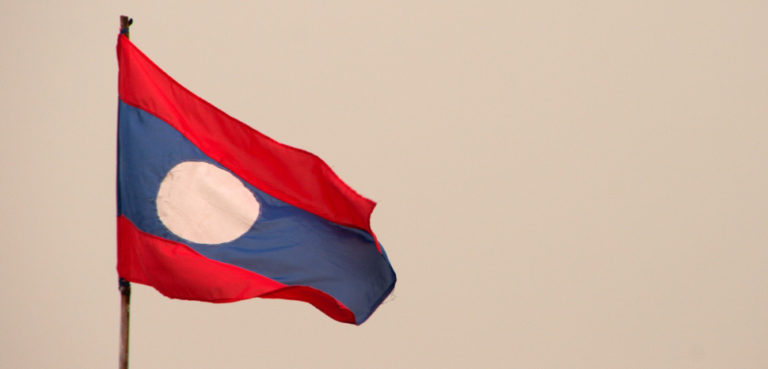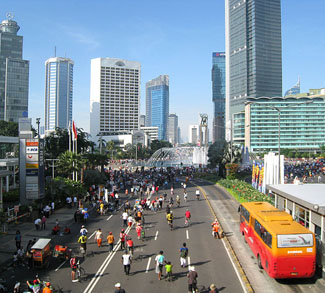In the final days of 2020, Cambodia extracted its first crude oil from the Apsara field, 110 nautical miles off the coast of Preah Sihanouk province in the Gulf of Thailand. After years of delays, Prime Minister Hun Sen hailed the start of production as “a blessing for Cambodia,” making it the eighth oil producer in the 10-member Association of Southeast Asian Nations (ASEAN). Yet striking oil comes amid a COVID-induced recession, which saw Cambodia’s economy contract by 2% last year after decades of sustained growth.
Cambodia’s tourism sector and manufacturing exports have been hit hard, while its domestic economy suffered in 2020 under COVID-19 restrictions. Yet Cambodia, with just 479 confirmed cases in total, has fared better than most and its economy is predicted to grow by 4% this year. Oil revenue will contribute minimally, with production reaching 7,500 barrels per day in the first phase of the project. But with the potential for the oil and gas sector to expand, its future contribution will depend on good governance.
Apsara oil field joint venture
Operations in the 3,083km2 Apsara field are part of a joint venture between the Cambodian government and Singapore-based firm KrisEnergy, which signed a deal with Phnom Penh in 2017 to develop the area, also known as “Block A,” in the Khmer Basin. American energy giant Chevron had initially found oil there in 2005, but sold its operating interest to KrisEnergy for US$65m in 2014 after failing to reach a deal with Phnom Penh. In the current agreement with KrisEnergy, Cambodia has a 5% stake and the firm has 95%.
Ahead of the project, the oil platform was constructed on Batam Island, Indonesia, before being moved to the Cambodian coast for assembly last September. The first well was completed on 23 December and production began days later. Four more wells are set to be drilled and are expected to come online later this year. On 1 February, Hun Sen revealed the site had produced 40,788 barrels of oil in its first month at an average of 1,236 barrels per day. From five wells, Cambodia aims to extract 7,500 barrels per day.
The project remains in its early stages. In December, KrisEnergy said a “period of observation” over the next six months would be required to “assess the productivity of the field’s reservoirs” before taking a decision over the second phase of the project. The firm is currently in the process of a court-supervised restructuring but has assured it will be able to meet its financial obligations to Phnom Penh. The future profitability of the project is arguably more important to KrisEnergy than to the Cambodian economy.
The extent of undersea oil resources in Block A is unclear. Initial estimates by Chevron in the 2000s put the total at an estimated 700 million barrels, but KrisEnergy suggests “recoverable” oil in the block may be as little as 10 million barrels. While future exploration might boost this estimate, a 2017 report by a transparency watchdog concluded revenue from Phase 1 would be “very modest,” earning Phnom Penh $100m per year. Around the same time, the government estimated it might make $500m in taxes and royalties in Phase 1, but declining oil prices due to the pandemic have reduced expected returns.
Transparency and the “resource curse”
Given the small scale of the oil sector in Cambodia, fears of a “resource curse” have been overstated. Nevertheless, civil society groups and opposition politicians have warned of a lack of transparency over profits and called for efficient revenue management. Pech Pisey, director of Transparency International Cambodia (TIC), told Radio Free Asia’s Khmer service in January that the country “has a bad reputation regarding corruption” and that profits should be used to build infrastructure and improve livelihoods.
Hun Sen has said that oil revenues will be “allocated mainly to the education and health sectors.” Yet coming from a leader who has ruled Cambodia for three decades, during which time economic growth has been accompanied by rising inequalities between rich and poor, few are reassured. Adding to these concerns, Cambodia’s recent authoritarian turn under Hun Sen—which has seen the popular opposition Cambodia National Rescue Party (CNRP) banned and independent media stifled—leaves a de-facto one-party state, absent of the oversight required to ensure oil revenues do not line the pockets of the elite.
Cambodia’s widening economic divide under Hun Sen has been exacerbated by the COVID-19 pandemic. A high-end property and construction boom—centered in Phnom Penh and on the coast—has continued, while lower-paid jobs in the tourism and manufacturing industries have been lost. A World Bank survey found that employment declined from 82% to 71% amid the pandemic, while its end-of-year report for Cambodia recommends help for cash-for-work projects and labor-intensive sectors to generate jobs.
The oil sector requires highly-skilled workers, and while operating at a small scale and being overseen by a foreign firm, is unable to serve as the broader economic stimulant needed to rebound from COVID-19.
The future of Cambodia’s oil industry
Hun Sen recognizes these limits, and has spoken of the development of the Apsara field as a “significant step” which will be key to “national capacity-building in the sector.” After drilling of the initial five wells is complete, Phnom Penh hopes future platforms and wells will yield greater profits in the coming years.
Cheap Sour, director of the Department of Petroleum in the Ministry of Mines and Energy, remarked in December that “with the positive progress, we will attract more companies into the oil and gas sector.” Such efforts are already being made. On 27 January, Energy Minister Suy Sem invited Russian investors to partake in energy exploration in a meeting with the Russian Ambassador to Cambodia; while there is also a plan to build a domestic oil refinery—a facility that Cambodia currently lacks—in Preah Sihanouk. Hun Sen meanwhile, said he would reach out to Thailand over joint oil and gas development projects in the 26,000 km2 Overlapping Claims Area, which may hold 500 million barrels of seabed energy deposits.
To access those lucrative resources, Hun Sen remarked Cambodia will have to “bend over backwards to strike negotiations with Thailand” and would “push for talks with them concerning doing business in the overlapping area.”
Having struck oil, Cambodia is looking for more. Yet whether this will bring economic benefits in the long run depends not only on finding it, but on ensuring the profits are used responsibly.




